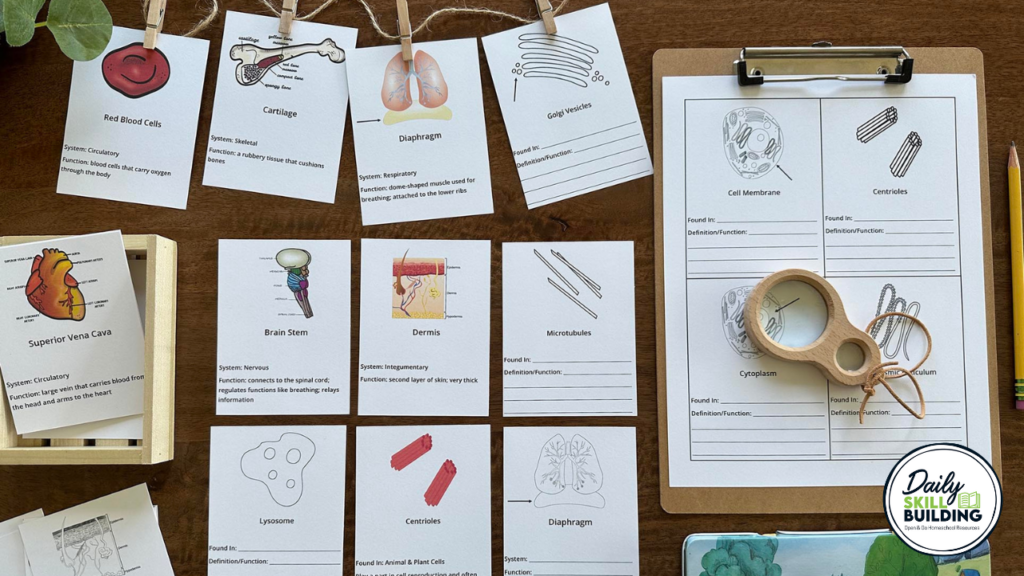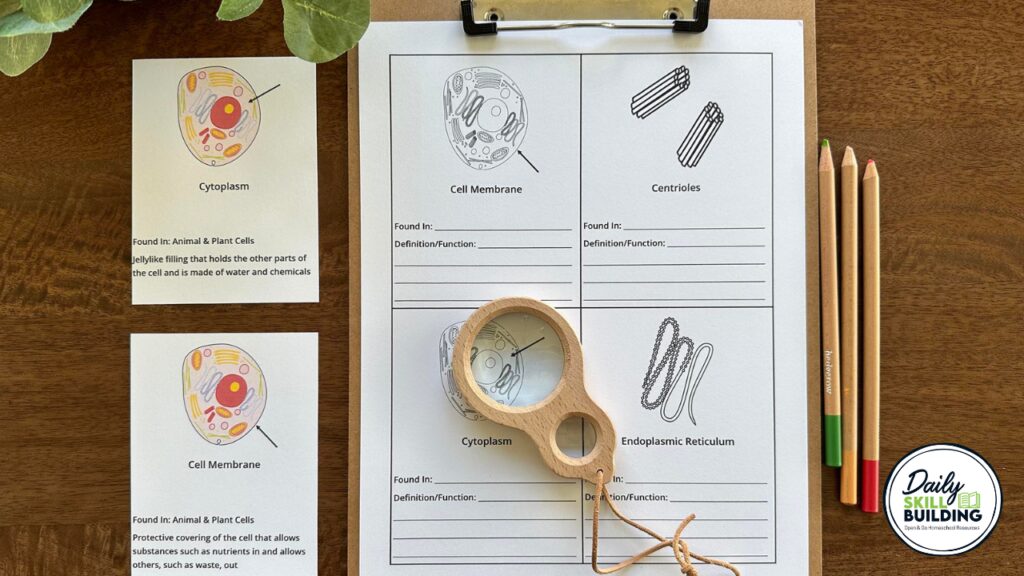Teaching Science using the Charlotte Mason Method
Today, we dive into the realm of Science, discovering how the Charlotte Mason method can revolutionize the way we teach and learn about the wonders of the natural world.
Teaching science using the Charlotte Mason is not subject-specific, but more focused on what is age-appropriate and necessary to learn. According to the Charlotte Mason style of teaching all subjects, parents begin by introducing ideas that become alive through living books, learning by hearing from experts, involving the world around us, and student-led exploration to route the plan of learning.
This method allows the student to be in control and thus, gives the natural interests and instincts dictate the areas of continued study. By following Charlotte Mason's methods for Science, we are able to provide a well-rounded education that allows us to tie our studies to multiple subjects and adjust for different ages/grades.
“The only sound method of teaching science is to afford a due combination of field or laboratory work, with such literary comments and amplifications as the subject affords. For example, from Ethics of the Dust the children derive a certain enthusiasm for crystals as such that their own unaided observation would be slow to afford. As a matter of fact the teaching of science in our schools has lost much of its educative value through a fatal and quite unnecessary divorce between science and the ‘humanities.'”
– Charlotte Mason, “The Philosophy of Education” (p. 223)
The Charlotte Mason Method for Teaching Science
The Charlotte Mason method is renowned for its holistic and immersive approach to education. With a focus on living books, nature study, and hands-on experiences, this method provides a rich and captivating environment for children to explore the world around them.

This post is part of The 2023 Charlotte Mason Blog Series!
Get inspiration and encouragement for your homeschool journey while grabbing great freebies, discounts, and other tools & resources!
A Foundation for Engaging Science Education
Science education is no exception, as the Charlotte Mason method offers unique strategies and techniques that foster a deep love and understanding of the natural sciences.
Embracing Nature Study in Your Homeschool
One of the cornerstones of the Charlotte Mason method is nature study. By immersing children in the natural world, we provide them with firsthand experiences that ignite their curiosity and develop their observational skills.
Take your science lessons outdoors and allow your children to explore, observe, and record their findings. Encourage them to keep nature journals, sketch plants and animals, and document their discoveries. Nature study not only deepens their understanding of science but also nurtures a lifelong love for the natural world.
A Gateway to Scientific Knowledge With Living Books
In the Charlotte Mason approach, living books play a pivotal role in education. When using living books to teach Science, these books, written by passionate experts in their respective fields, capture the wonder and excitement of new discoveries.
By incorporating living books into your science curriculum, you expose your children to captivating narratives, engaging anecdotes, and real-life examples that bring scientific concepts to life. Look for books that align with your child's interests and age level, and let the magic of storytelling fuel their scientific exploration.

Hands-On Experiments and Observations
The Charlotte Mason method encourages hands-on experiments and observations as an integral part of science education. Engage your children in simple yet meaningful experiments that allow them to explore scientific principles firsthand.
Whether it's growing plants, observing the life cycle of insects, or conducting chemistry experiments, hands-on activities provide children with tangible experiences that solidify their understanding of scientific concepts. Encourage them to record their observations and findings, fostering a sense of ownership and curiosity.
Nature Walks: A Classroom Without Walls
Nature walks are an essential component of the Charlotte Mason method. These excursions into the great outdoors offer endless opportunities for scientific exploration. As you embark on nature walks with your children, encourage them to observe and interact with the natural world.
Identify plants, study animal behavior, and discuss the interconnectedness of various ecosystems. Nature walks provide a unique avenue for children to engage with science in a hands-on, immersive manner.

Using the Charlotte Mason method to integrate Science Across the Curriculum
The beauty of the Charlotte Mason method lies in its ability to seamlessly integrate different subjects. Science is not taught in isolation but rather interwoven with other disciplines, such as literature, art, and history.
Explore scientific concepts through literature selections, create art inspired by nature, and delve into the history of scientific discoveries. By connecting science with other subjects, you provide a holistic understanding of the world and nurture a love for learning that extends beyond the confines of a textbook.
Science education with the Charlotte Mason method is a transformative journey that fosters curiosity, observation, and a deep love for the natural world. By embracing nature study, utilizing living books, conducting hands-on experiments, and venturing into nature, we create an immersive learning experience that fuels the scientific minds of our children.
Human Anatomy Fact Cards
Learn about the Human Anatomy Fact Cards

We are excited to share a resource that will take your Charlotte Mason Science lessons to the next level. We understand the importance of engaging and immersive learning experiences, and that's why we're thrilled to share this valuable resource the Human Anatomy Fact Cards that are part of the Genius Fact Cards from Daily Skill Building!
These fact cards are designed to make the complex world of anatomy accessible and fun for your curious learners. So, let's dive in and explore the wonders of human anatomy with the Charlotte Mason method!
Imagine having an engaging tool that effortlessly brings the intricacies of human anatomy to life. The Human Anatomy Fact Cards are a treasure trove of easy-to-memorize information, meticulously crafted to cater to different learning styles and curricula.
Whether you're following the Charlotte Mason method or not, these fact cards are a fantastic addition to any science curriculum.
What Makes These Fact Cards Special:
1. Engaging and Accessible: Presented in vibrant, eye-catching colors, the Human Anatomy Fact Cards captivate young minds and make learning a joyous experience. The concise and easy-to-read information allows students to grasp complex anatomical terms effortlessly.
2. Versatile Learning Tool: These fact cards are adaptable to various teaching approaches. Whether you prefer hands-on activities, group discussions, or independent study, these cards are the perfect companion for interactive and immersive lessons.
3. Comprehensive Resource: While the Human Anatomy Fact Cards focus on the wonders of the human body, they are part of the Genius Fact Cards collection. With over 3,000 facts on more than 1,000 printable cards, this collection offers a treasure trove of knowledge that extends beyond human anatomy. It's like having an entire library at your fingertips!
Let's embark on this exciting adventure together, using the Charlotte Mason method to unlock the wonders of science and ignite a lifelong passion for exploration and discovery.
Don't miss out on the Charlotte Mason Mini-Collection, a comprehensive bundle of digital resources designed specifically for homeschool families using the Charlotte Mason method.
With these resources at your fingertips, you'll have everything you need to create engaging and impactful science lessons. Start your journey today and witness the transformative power of the Charlotte Mason method in science education.











